February 5, 2025 | 12:52 GMT +7
February 5, 2025 | 12:52 GMT +7
Hotline: 0913.378.918
February 5, 2025 | 12:52 GMT +7
Hotline: 0913.378.918
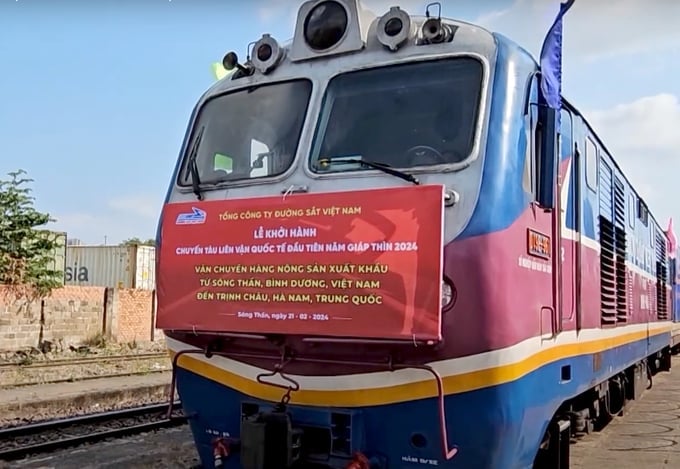
The international multimodal train transporting agricultural products from Song Than Station in Binh Duong province to China began operation in February 2024. Photo: Son Trang.
Vietnam's first international multimodal train in 2024 departed from Song Than Station in Di An city, Binh Duong province to Trinh Chau city, China in February. The train's twenty-one carriages were fully stocked with agricultural goods, including nine refrigerated containers designed to carry fruits, vegetables, and foodstuffs. Accordingly, Vietnam Railways plans to maintain at least one international multimodal train route operational per week to transport goods from Song Than Station.
According to traders engaged in import-export activities, international multimodal trains involved in the transportation of export goods, and most notably, agricultural products, not only introduce a crucial and alternative method of transportation for exported agricultural products, but also contribute to promoting competitive logistics costs.
Mr. Nguyen Quang Sang, General Secretary of the Binh Duong Logistics Association, assessed that the transportation of goods via international multimodal trains has notable advantages over transportation via road, river, or sea, especially in terms of transportation costs. Vietnam Railways reported that the transportation of goods, including agricultural products, via international multimodal trains from Song Than Station to China has helped agricultural export businesses in Southern Vietnam cut their transportation costs in half.
The initial advantages of transporting agricultural exports via international multimodal trains demonstrate the crucial role of transportation diversity in increasing exports and lowering costs associated with agricultural exports. Due to the high distribution costs caused by inefficient agricultural logistics services, Vietnamese agricultural products are limited in terms of competitiveness.
According to Mr. Nguyen Anh Phong, Deputy Director of the Institute of Policy and Strategy for Agriculture and Rural Development under the Ministry of Agriculture and Rural Development, Vietnam's logistics industry has developed rapidly within the last five years, boasting an average annual growth rate ranging from 14 to 16 percent. Additionally, the quality of logistics services and infrastructure has improved markedly; and the number of logistics providers has grown rapidly.
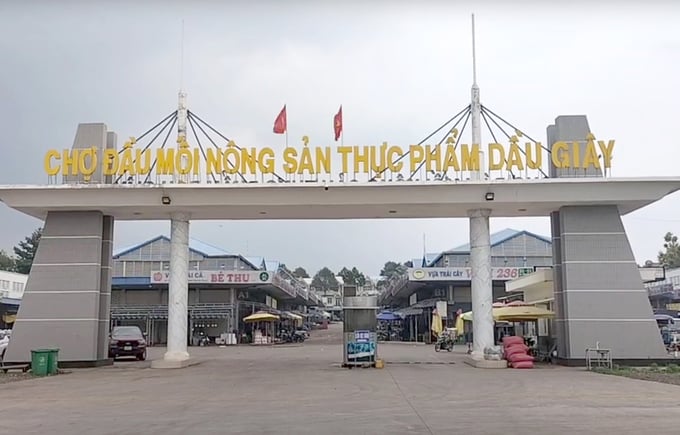
Dau Giay agricultural and food market in Dong Nai province is a logistics center providing agricultural products. Photo: Son Trang.
Logistics play an increasingly vital role in enhancing value-added and quality for Vietnamese agricultural products. However, Vietnam's agricultural logistics lack systematic development and connection with key agricultural production regions.
Moreover, several regional and national trading hubs in concentrated production areas are currently in need of logistics centers to coordinate the production and consumption of agricultural products. In contrast to traditional and wholesale markets, these logistics centers specialize in providing agricultural production support services, storage, cold storage, preliminary processing, deep processing, international transportation, or import-export support services.
The primary causes for congestion at major border gates and ports include limited infrastructure and commodities consolidation yards; and a lack of cold storage systems, inspection services, and coordination activities. Furthermore, the lack of experience and management skill, information technology application proficiency, and human resource capacity necessary for effective agricultural logistics services has led to significant losses and post-harvest expenses.
Consequently, logistics costs currently account for up to 12% of the cost of seafood products, 23% of the cost of wood products, 29% of the cost of fruits and vegetables, and 30% of the cost of rice. Comparatively, the average agricultural logistics costs in Vietnam are higher than those in Thailand by 6%, Malaysia by 12%, and significantly higher than those in Singapore by up to 300%.
Low-cost logistics services coupled with a lack of quality control for food safety and hygiene lead to high rates of loss and wastage from damage and contamination. The average post-harvest loss and wastage rate for Vietnamese agricultural products falls between 25 and 30 percent, with seafood losses accounting for 35 percent, and fruit and vegetable losses accounting for up to 45 percent.
The aforementioned challenges highlight the necessity to develop a synchronized and efficient logistics service system, thereby enhancing the quality, value-added, and competitiveness of Vietnamese agricultural products.
In response to this issue, the Ministry of Agriculture and Rural Development drafted a Project for "Developing a logistics service system to improve the quality and competitiveness of Vietnamese agricultural products until 2030." The project's objectives include reducing annual post-harvest losses by an average of 0.5 to 1 percent, and decreasing logistics costs by 30 percent when distributing via the agricultural logistics service center.
Other key goals under the project include maintaining origin traceability and quality assurance for all agricultural products within the agricultural logistics system; establishing logistics service centers in raw material production regions. Additionally, the project aims to enhance the capacity and skills associated with agricultural logistics services for all cooperatives, traders, and companies participating in the project; and to have 70 percent of these entities utilize logistics services.
The project aims to establish a basic agricultural logistics service center system in key regions, and several key agricultural supply chains for international markets by 2030.
Accordingly, the Ministry of Agriculture and Rural Development proposed establishing three types of agricultural logistics service centers: centers in concentrated production areas, centers in key economic regions, and centers at border gates and seaports.
Investment in the agricultural logistics system will be sourced from the central budget, businesses, cooperatives, organizations, and participants of the project. Additionally, agricultural logistics centers providing comprehensive services for agricultural exports have attracted the interest of various businesses within the last two years. Two notable examples include Chu Lai Logistics in Quang Nam province and CASS in Long An province.
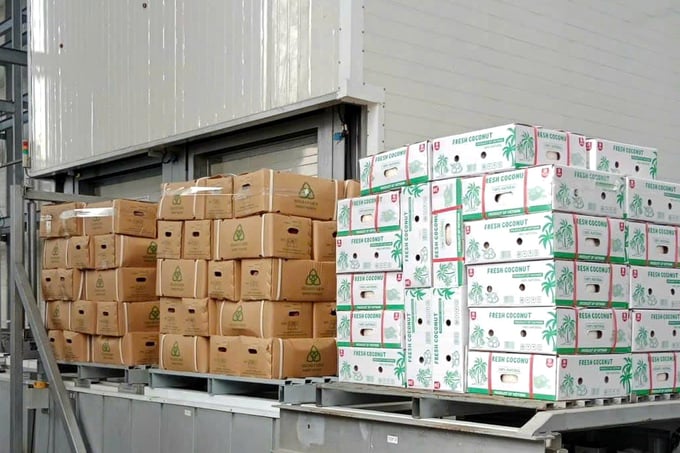
Preservation of agricultural products in the Cass cold storage facility in Long An province. Photo: Son Trang.
In addition, the project will be funded by credit institutions, non-refundable sponsorship funds, official development assistance (ODA) loans, and other international support sources.
The development of agricultural logistics in Asian countries has yielded remarkable results. For example, Thailand invested in building a national network of logistics centers based on the strengths of local agricultural products, and the trading demands of each region. Namely, an Agricultural Logistics Center was established in Chiangrai Province in Northeastern Thailand to support farmers in selling rice, lychees, and corn at favorable prices by minimizing both domestic and international transportation costs. In addition, the center has streamlined domestic transportation as well as export to China, Myanmar, and Laos by establishing an effective connection with the road transportation network in Northern Thailand.
Thailand's cold chain logistics system is developing rapidly to serve both domestic consumption and the export of seafood and perishable agricultural products such as fruits, vegetables, and flowers. The majority of Thailand's cold storage businesses have established their facilities near major seaports and airports to reduce transportation costs, and gain a competitive advantage among both domestic and international customers.
Translated by Nguyen Hai Long
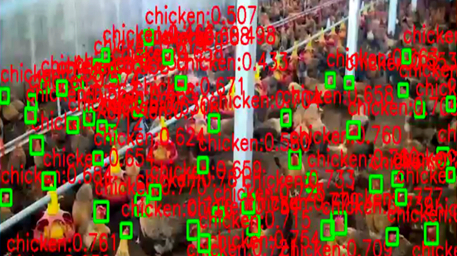
(VAN) In 2025, Xiashu Technology invested heavily in the R&D of artificial intelligence algorithms and is committed to the intelligent improvement of poultry hatching, breeding, and slaughtering.

(VAN) Mr. Johan van den Ban - CEO of De Heus Vietnam, encouraged international businesses to come to Vietnam to see firsthand the investment potential in the agricultural sector.
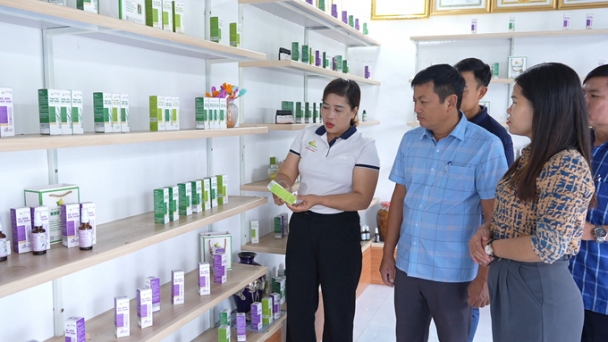
(VAN) The Nhu Oanh essential oil cooperative has expanded its medicinal plant cultivation area to 60 hectares and supplies over 300.000 seedlings annually.
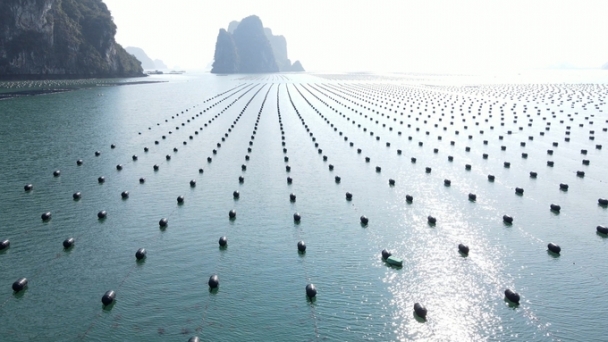
(VAN) Deputy Minister of Agriculture and Rural Development Phung Duc Tien emphasized this at the conference on ‘Development of mollusk and seaweed production’ held on the morning of December 26 in Nam Dinh.

(VAN) Small planted forest timber is currently priced at 1.5 million VND/ton; large timber is priced at up to 1.8 million VND/ton; large timber with FSC certification is priced 20-30% higher than normal large timber.
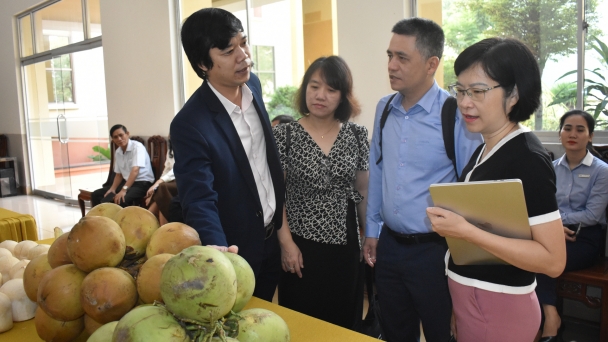
(VAN) The Vietnam Coconut Association has noted that the water coconut industry is thriving in Vietnam. Nevertheless, its development is still uneven, suggesting that there is a substantial untapped opportunity to attract foreign investors.
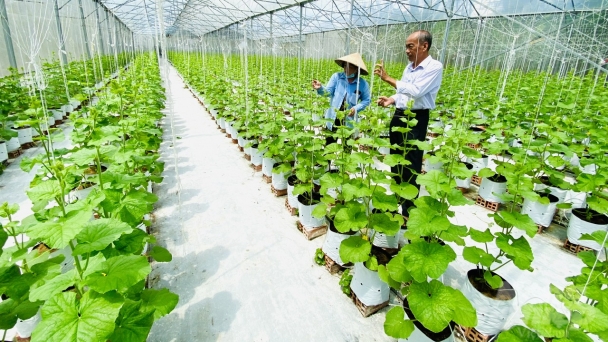
(VAN) According to the development plan for Can Tho in the 2021-2030 period, with a vision for 2045, the city will establish 7 high-tech agricultural zones and 2 concentrated livestock breeding areas.